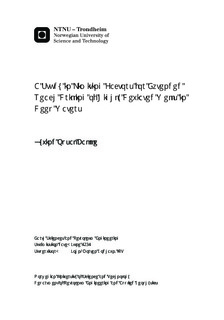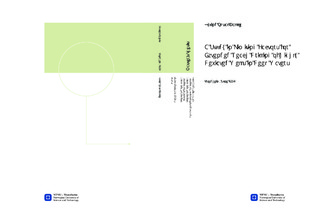| dc.contributor.advisor | Godhavn, John-Morten | nb_NO |
| dc.contributor.author | Bakke, Øyvind Opsal | nb_NO |
| dc.date.accessioned | 2014-12-19T12:16:32Z | |
| dc.date.available | 2014-12-19T12:16:32Z | |
| dc.date.created | 2012-11-10 | nb_NO |
| dc.date.issued | 2012 | nb_NO |
| dc.identifier | 566933 | nb_NO |
| dc.identifier | ntnudaim:7279 | nb_NO |
| dc.identifier.uri | http://hdl.handle.net/11250/239849 | |
| dc.description.abstract | Drilling in deep water is requiring more advanced technology as fields at greater depths are being discovered. Managed Pressure Drilling and Dual Gradient Drilling are both offering different techniques for navigating through the narrow pore pressure and fracture gradient window during an operation. Along with different drilling and development systems they are introduced as possible solutions to many of the challenges associated with deepwater drilling. The industry is looking into the possibility of doing highly deviated extended reach wells in deep water environments. Before doing so different simulations are done to investigate which factors will limit the maximum well trajectory and to figure out of far it is theoretically possible to drill in horizontal and vertical direction. With the help of the WELLPLANTM software a reservoir located in the Gulf of Mexico is chosen as a well candidate to run simulations on. Case study shows that for both directional extensions buckling of the drillpipe is what keeps us from drilling further. In terms of torque and pump capacity both rig candidates used for the study are well within their maximum capacities. Equivalent circulating density (ECD) would have been the main problem for the case study, but can easily be compensated for assuming we have the potential to control the pressure profile. With conventional drilling we would not be able to handle problems associated with ECD, meaning that DGD or other methods are required. From the sensitivity study we learn the importance of having access to accurate wellbore data, as a reduction in friction factor has the potential to extend the well trajectory even further and a potential dogleg severity would make us unable to reach target depth. | nb_NO |
| dc.language | eng | nb_NO |
| dc.publisher | Institutt for petroleumsteknologi og anvendt geofysikk | nb_NO |
| dc.subject | ntnudaim:7279 | no_NO |
| dc.subject | MTGEOP Geofag og petroleumsteknologi | no_NO |
| dc.subject | Boreteknologi | no_NO |
| dc.title | A Study in Limiting Factors for Extended Reach Drilling of Highly Deviated Wells in Deep Waters | nb_NO |
| dc.type | Master thesis | nb_NO |
| dc.source.pagenumber | 112 | nb_NO |
| dc.contributor.department | Norges teknisk-naturvitenskapelige universitet, Fakultet for ingeniørvitenskap og teknologi, Institutt for petroleumsteknologi og anvendt geofysikk | nb_NO |

